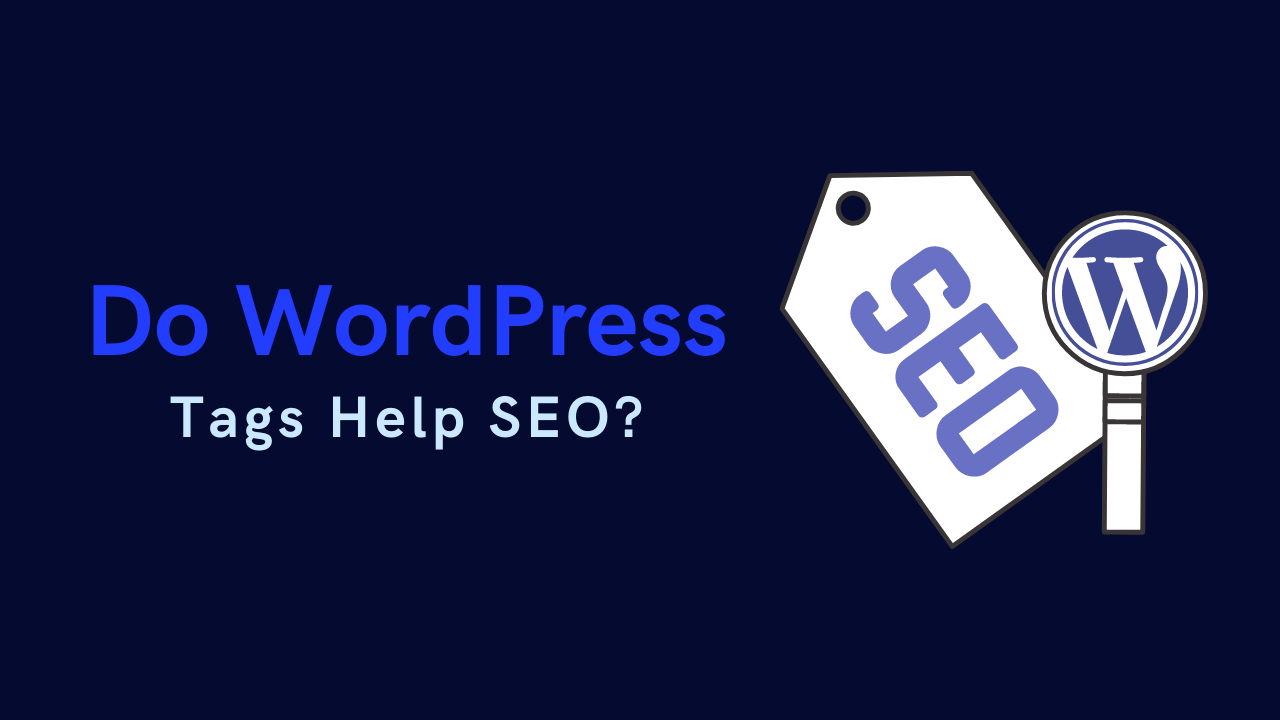How to Come Up With Your First Blog Post Ideas
Bloggers' first post is important. It's a way to introduce yourself, your blog, and what your blog is about. It also helps you attract readers and followers. If you're unsure of what to write about, consider writing about your motivation for starting a blog, your blogging goals, or something that's been on your mind recently.
First blog posts are also a great opportunity to start building relationships with other bloggers and influencers. By guest posting on someone else's blog or leaving comments on other blogs, you can make new friends and connections in the blogging community. So, if you're thinking about starting a blog, be sure to put some thought into your first post. It might just be the most important one you ever write.
1 How to come up with ideas for your first blog post
If you’re starting a blog, you may be wondering what your first post should be about. It can be tough to come up with ideas, especially if you feel like you have to write something perfect. First of all, don’t worry too much about it being perfect. Your first post is just a way to get started and to begin building your audience. With that in mind, here are a few ideas for your first blog post:
– Introduce yourself and your blog. Why are you blogging? What can readers expect to find on your site?
– Talk about what’s going on in your life right now. What’s new and exciting? What’s been challenging?
– Share a story or anecdote that illustrates a point you want to make.
– Offer your thoughts on a current event or hot topic issue.
– Give advice or tips on a topic you know something about.
– Share a recipe or review a product.
– Post photos and commentary from an event you attended recently.
– interview someone interesting and share the transcript (or highlights) on your blog.
These are just a few ideas to get you started – the possibilities are really endless! The important thing is just to start writing and get your voice out there.
2 Amazing blog post ideas to get started
If you’re starting a blog, one of the hardest things can be coming up with ideas for your first few posts. What should you write about? What will your audience want to read?
One approach is to start by writing down a list of potential topics. Once you have a good selection, you can then begin to narrow it down by considering what kind of message you want to communicate with your first post. For example, if you’re launching a lifestyle blog, you might want to write about an experience that embodies the kind of life you hope to promote. Alternatively, if you’re starting a business blog, your first post could be an introduction to your company and its mission.
Whatever angle you choose, the important thing is to make sure your first blog post is engaging and informative. With a little planning and effort, you can come up with an amazing first post that will set the tone for your entire blog.
3 How to get started on writing your first blog post

So you’ve decided you want to start a blog. That’s great! But now you may be wondering how to get started on writing your first blog post.
First, take some time to brainstorm ideas for your post. What do you want to write about? Once you have an idea, it’s time to start writing. There are a few key things to keep in mind when writing a blog post:
First, focus on making your writing clear and concise. Second, try to be personal and relatable – after all, one of the best things about blogs is that they offer a unique perspective. And finally, don’t forget to proofread! Once you’ve finished writing, take a step back and read over your work to make sure there are no typos or grammatical errors.
With these tips in mind, you’re ready to start writing your first blog post!
4 How to make sure your first blog post is successful
So, you’ve decided to start a blog. Congratulations! This is an exciting first step on your journey to becoming a successful writer. But before you hit “publish” on your first blog post, there are a few things you should keep in mind to make sure your post is successful.
First, take your time with the writing process. Don’t rush through it just to get your first post up as quickly as possible. A well-written and thoughtfully researched blog post will be more likely to engage readers than a rushed and sloppy one.
Second, manage your expectations. It’s unlikely that your first post will go viral or attract hundreds of comments. But that doesn’t mean it won’t be successful. Just focus on writing the best post you can and promoting it to your target audience, and you’ll be on your way to building a successful blog.
5 10 tips to follow in writing your first blog post
1. Keep it short and sweet
The first rule of thumb when it comes to writing a blog post is to keep it short and sweet. No one wants to read a novel, so try to stick to the point and get your message across in as few words as possible.
2. Write about something you’re passionate about
When you’re writing your first blog post, it’s important to write about something you’re passionate about. This way, you’ll be more likely to stay motivated and keep writing new posts in the future.
3. Be yourself
One of the best pieces of advice for writing a blog post is to be yourself. This is your chance to share your unique voice with the world, so don’t be afraid to let your personality shine through.
4. Use simple language
When you’re writing a blog post, it’s important to use simple language that everyone can understand. Avoid using big words or jargon that might turn people off from reading your post.
5. Get to the point
Another important tip for writing a blog post is to get to the point. No one wants to read a long, rambling post, so make sure you get your point across quickly and efficiently.
6. Use images and videos
Including images and videos in your blog post can help to break up the text and make it more visually appealing. This is especially important if you’re writing a longer post.
7. Use headings and subheadings
If you’re writing a longer blog post, it can be helpful to use headings and subheadings to break up the text. This makes it easier for readers to scan the post and find the information they’re looking for.
8. Link to other blog posts and websites
Linking to other blog posts and websites is a great way to provide more information for your readers. It can also help to build up your blog’s credibility.
9. Use social media
Once you’ve published your blog post, don’t forget to share it on social media. This is a great way to reach more people and get more traffic to your site.
10. Keep writing
The best way to improve as a writer is to keep writing. The more blog posts you write, the better you’ll become at it. So, don’t be afraid to keep writing and sharing your voice with the world.
6 How to craft a blog post title that engages the most
A blog post title is the first impression you give your readers—and it’s important to make a good one. An effective blog post title will not only pique the interest of your target audience, but it will also give them a preview of what the entire blog post is about. So how do you craft a blog post title that engages the most?

First, consider what your target audience is interested in and what questions they’re looking to have answered. Then, use those keywords to create a title that’s both informative and irresistible. And finally, don’t be afraid to experiment! The best way to find out what works is to try out different approaches and see what gets the most clicks. If you keep these tips in mind, you’ll be on your way to crafting successful blog post titles that engage your readers from start to finish.
7 Blog post title examples
A blog post title can make or break your blog post. A successful blog post title will make your blog post shine above the rest. A blog post title that is catchy and to the point will leave a lasting impression on your reader. A blog post title should be reflective of the entire blog post. A blog post title that is vague or misleading will only frustrate your reader.
When crafting a blog post title, keep in mind that your goal is to entice your reader to read your entire blog post. With that in mind, try to use numbers and powerful words in your blog post title to make it irresistible to your reader.
Here are some examples of blog post titles;
- How to come up with blog post titles that get clicks
- The ultimate guide to creating attention-grabbing blog post titles
- 25 creative and catchy blog post title examples
- How to write headlines that work: 8 essential tips
- How to write clickable headlines with 6 free headline formulas
8 Consideration of target audience in writing your blog post
When you’re writing a blog post, it’s important to consider your target audience. What are their interests? What kind of language will they understand? Taking the time to think about your target audience will help to ensure that your blog post is engaging and relevant. Of course, you can’t please everyone all of the time, but if you keep your target audience in mind, you’re more likely to write a post that will resonate with them.
So, next time you sit down to write a blog post, take a moment to think about who you’re writing for. It may just make all the difference.
9 Blog post examples
There are many different types of blog posts, and each has its own benefits. For example, a listicle is a great way to engage readers and provide them with valuable information in a concise format. If you are looking to add a personal touch to your blog, consider writing a first-person account of your experiences or sharing your thoughts on current events. You can also use blog posts to show off your expertise by writing helpful guides or addressing common misconceptions.
No matter what type of blog post you choose to write, remember to keep your audience in mind and focus on delivering content that is interesting and useful. With these tips in mind, you’ll be sure to engage readers and build a following for your blog.
10 What should be the layout of blog post
A blog post should be divided into four distinct sections: the title, the introduction, the body, and the conclusion.
The title should be eye-catching and reflective of the content of the post. The introduction should give a brief overview of the topic and establish the main argument or point of view of the blog post. The body of the blog post should develop this argument in greater detail, through the use of evidence and examples. The conclusion should sum up the main points of the blog post and provide a call to action or further analysis.
By following this simple layout, blog posts can be clear, concise, and effective.
11 How to do SEO of blog post
Search engine optimization (SEO) is the process of optimizing a website or blog post for search engines. The goal of SEO is to rank higher in search engine results pages (SERPs), which will result in more traffic to the website. There are numerous factors that go into SEO, but one of the most important is keyword research. Keyword research is the process of finding and targeting keywords that potential customers are searching for. By targeting these keywords, you can improve your chances of ranking higher in SERPs and driving more traffic to your website.
There are many different techniques for keyword research, but some of the most effective include using keyword tools and analyzing search data. Once you have a list of target keywords, you can start working on optimizing your website or blog post for search engines. This process involves adding relevant keywords to your titles, tags, and meta descriptions, as well as creating high-quality content that is keyword-rich. By following these steps, you can improve your SEO and drive more traffic to your website or blog.
12 How to do keyword research for a blog
Any successful blogger will tell you that keyword research is essential to the success of a blog. By targeting specific keywords, you can ensure that your blog appears high in search engine rankings, making it more likely to be seen by potential readers. There are a number of different keyword research tool, but one of the most effective is to use the Google Keyword Planner. This keyword research tool allows you to see how often certain keywords are being searched for, as well as gives you ideas for related keywords that you may not have considered.
You can then use this information to create blog post titles and tags that will attract readers and help your blog to stand out from the crowd. So, if you’re serious about blogging, don’t underestimate the importance of keyword research.
13 Factors to consider while doing keyword research for a blog
Anybody who wants to blog successfully must first understand the importance of keyword research. By understanding which keywords are being searched for most frequently, you can ensure that your blog posts are being seen by the people who are most likely to be interested in them.
In addition, it’s important to consider the competition for each keyword – if there are already a lot of other blogs using a particular keyword, it may be difficult to rank highly for that keyword in search engine results. However, if you can find a balance between high search volume and low competition, you’ll be more likely to see success with your keyword research.
14 Ways to get more traffic on the blog
Getting more blog traffic can seem like a daunting task, but there are a number of simple strategies that can make a big difference. One of the most effective ways to get more eyes on your blog is to use social media. Post links to your latest articles on Twitter, Facebook, and Instagram, and be sure to use relevant hashtags. You can also reach out to other bloggers in your niche and collaborate on blog posts or social media campaigns.
Another great way to raise awareness of your blog is through email marketing. Add a sign-up form to your blog so that readers can subscribe to your mailing list, and then send out regular updates with links to your latest content. By following these simple tips, you can start seeing a significant increase in blog traffic in no time.
15 Link building for blog posts
Link building is the process of getting other websites to link back to your website. This is important because links are one of the main ways that search engines determine how well a website should rank in the search results. The more high-quality links you have pointing to your website, the higher your site will rank. There are a number of ways to build links, but one of the most effective is to write guest posts on other blogs.
When you write a guest post, you include a link back to your own website in the author bio section. This helps to drive traffic to your site and also helps to improve your link profile. If you’re looking for ways to build links and improve your blog’s search engine ranking, guest posting is a great option.
16 Email marketing software for bloggers
These days, email marketing is an essential tool for any serious blogger. With the right email marketing software, you can easily cultivate a list of subscribers and keep them informed about your latest posts and promotions. What’s more, email marketing software makes it easy to track the performance of your campaigns, so you can fine-tune your approach over time. And with a wide range of features and integrations available, you can find email marketing software that perfectly meets your needs. So, if you’re looking to take your blog to the next level, email marketing software is a great place to start.
17 Final Thoughts
Conclusion paragraph: Now that you know how to come up with ideas for your first blog post, get started writing and see how successful you can be! As long as you keep in mind the tips we’ve given you in this article, your first blog post should be a great success.
Congratulations on taking the first step towards becoming a successful blogger!









